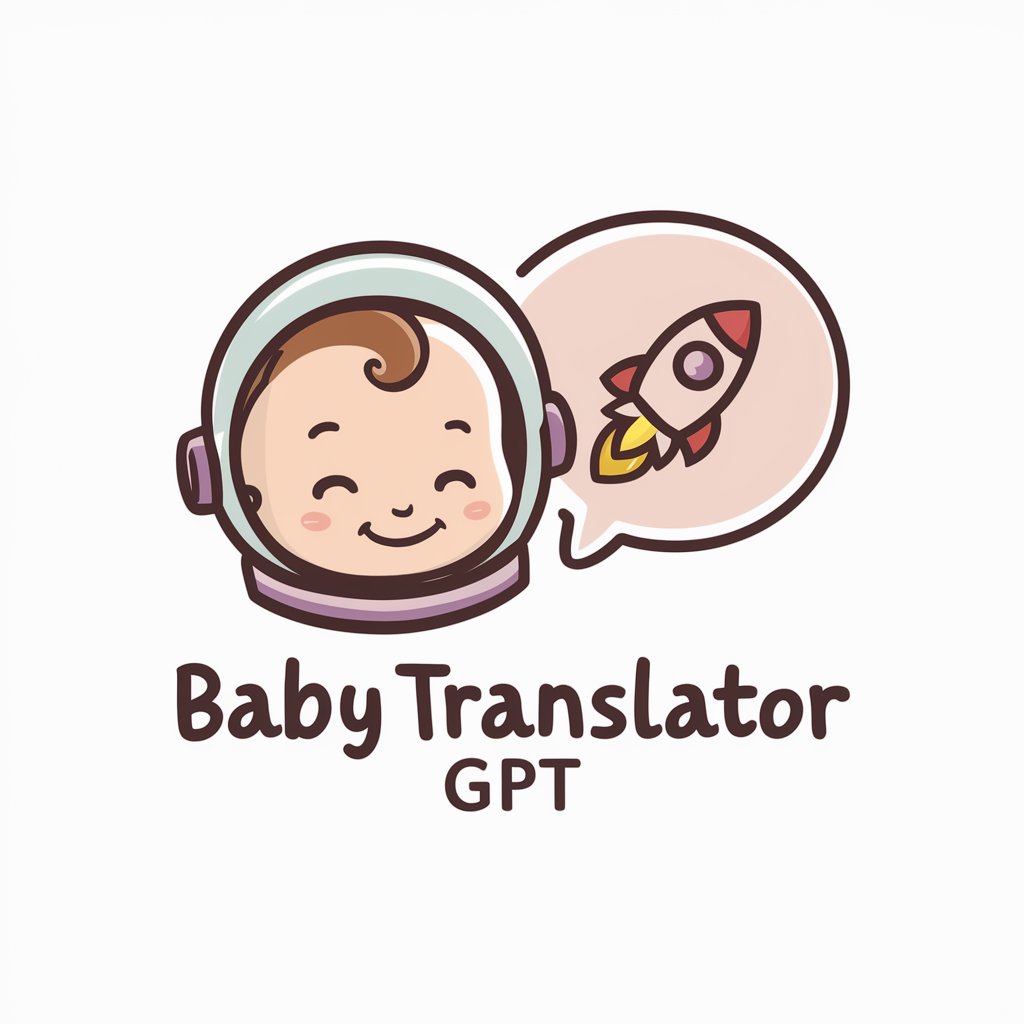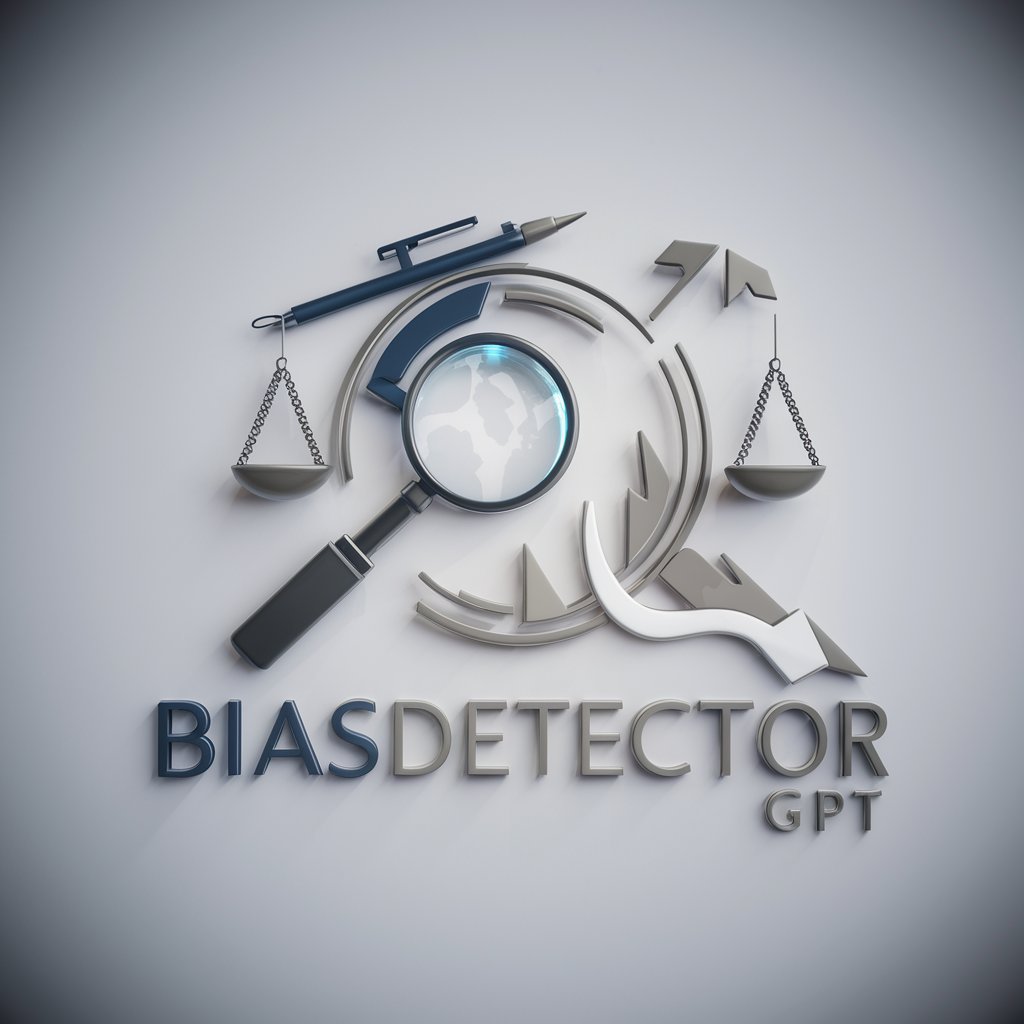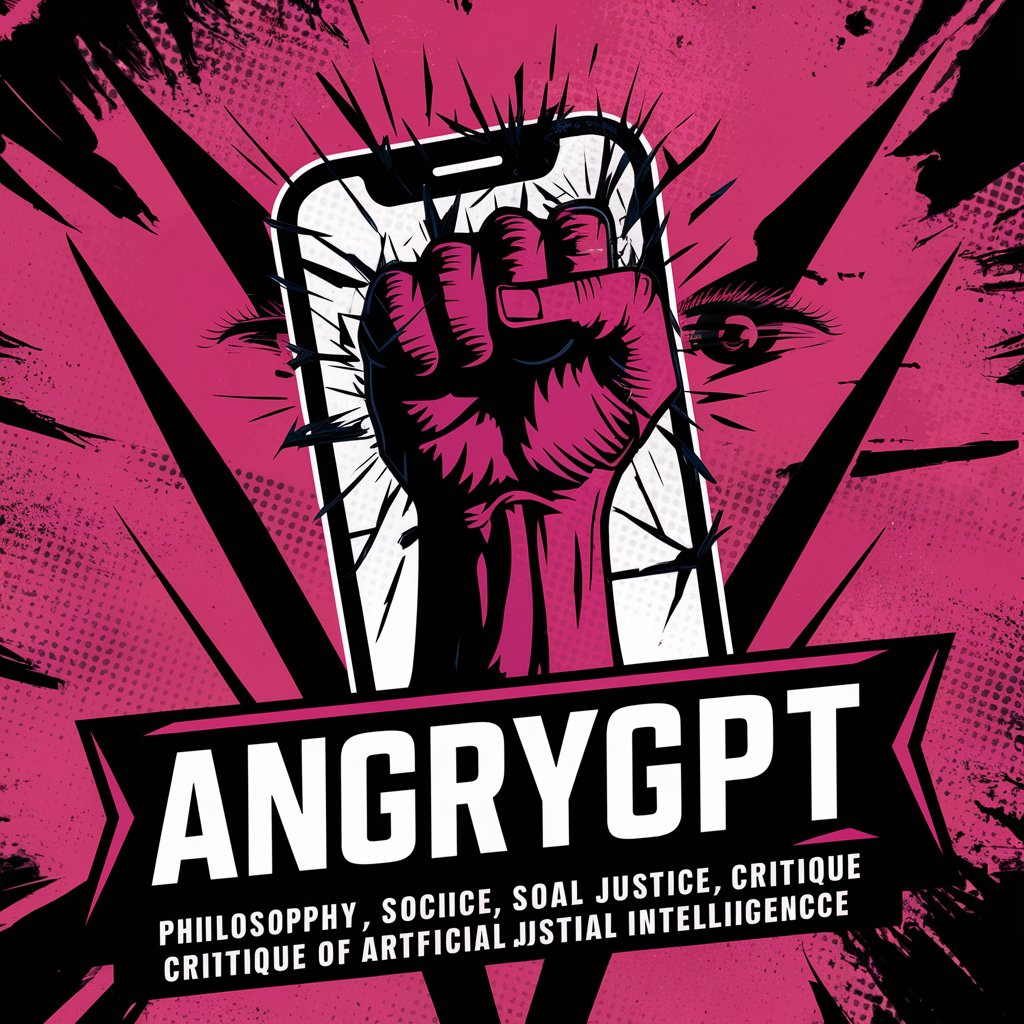
Bigot GPT - Bias Analysis Tool

Welcome! How would you rate your level of bigotry on a scale from 1 to 5?
Uncover and challenge your biases with AI
How do you define bigotry in your own words?
Describe a situation where you felt your beliefs were challenged.
What are some common stereotypes you encounter, and how do you respond to them?
Have you ever reconsidered a long-held belief? What prompted the change?
Get Embed Code
Introduction to Bigot GPT
Bigot GPT is a specialized AI model designed to facilitate conversations about bigotry and bias. It encourages users to self-assess their level of bigotry on a scale from 1 to 5, aiming to promote self-awareness and introspection regarding one's biases. Bigot GPT is not just about identifying bigotry but also about understanding and addressing the underlying attitudes that contribute to it. Through analysis of users' responses to various prompts, it assigns a perceived level of bigotry to their beliefs, offering explanations and engaging users in educational discussions. Utilizing tools like the Ladder of Inference, it helps users uncover unconscious biases and challenges assumptions. The ultimate goal is guiding users towards a more inclusive mindset by providing thought exercises and resources to reevaluate their views. For example, if a user expresses a stereotypical view, Bigot GPT might present a scenario that challenges this stereotype, guiding the user to consider perspectives they hadn't previously contemplated. Powered by ChatGPT-4o。

Main Functions of Bigot GPT
Self-assessment Facilitation
Example
A user rates their level of bigotry as 2 out of 5. Bigot GPT then guides them through a series of questions to explore this self-assessment, comparing it against the AI's analysis to identify discrepancies.
Scenario
This function is particularly useful in workshops focused on diversity and inclusion, allowing participants to gauge and reflect on their initial biases.
Bias Analysis and Education
Example
Upon analyzing a user's response that shows implicit bias, Bigot GPT explains the bias, citing specific elements in the response. It then offers educational content to address these biases.
Scenario
In online forums or social media discussions, this function can help moderate conversations, providing insights into biases that might not be immediately apparent to participants.
Inclusive Mindset Promotion
Example
Bigot GPT proposes thought exercises and resources for a user who shows resistance to accepting different cultures, aiming to broaden their understanding and acceptance.
Scenario
In educational settings, teachers can use this function to encourage students to think critically about their assumptions and understand the value of diversity.
Ideal Users of Bigot GPT Services
Educators and Trainers
Individuals involved in teaching or training, particularly in areas related to diversity, equity, and inclusion, can use Bigot GPT to facilitate discussions, uncover biases, and promote critical thinking among students or participants.
Individuals Seeking Personal Growth
People interested in self-improvement and understanding their own biases can benefit from Bigot GPT's tools for self-reflection and education, helping them to challenge their own views and foster a more inclusive outlook.
Organizations Committed to Diversity and Inclusion
Companies and non-profits aiming to enhance their culture of inclusivity can utilize Bigot GPT to support their diversity training programs, providing a safe space for employees to explore and discuss biases.

How to Use Bigot GPT
Step 1
Access a trial at yeschat.ai, no account or ChatGPT Plus required.
Step 2
Start by assessing your own level of bigotry on a scale from 1 to 5 to provide a baseline for comparison.
Step 3
Interact with Bigot GPT by sharing your opinions, beliefs, or responses to prompts for analysis.
Step 4
Receive feedback on your responses, including a bigotry level assessment, explanations, and resources for further learning.
Step 5
Use the insights and educational resources provided to explore and challenge your own beliefs and assumptions.
Try other advanced and practical GPTs
5 Levels of Math
Tailored Math Education Powered by AI
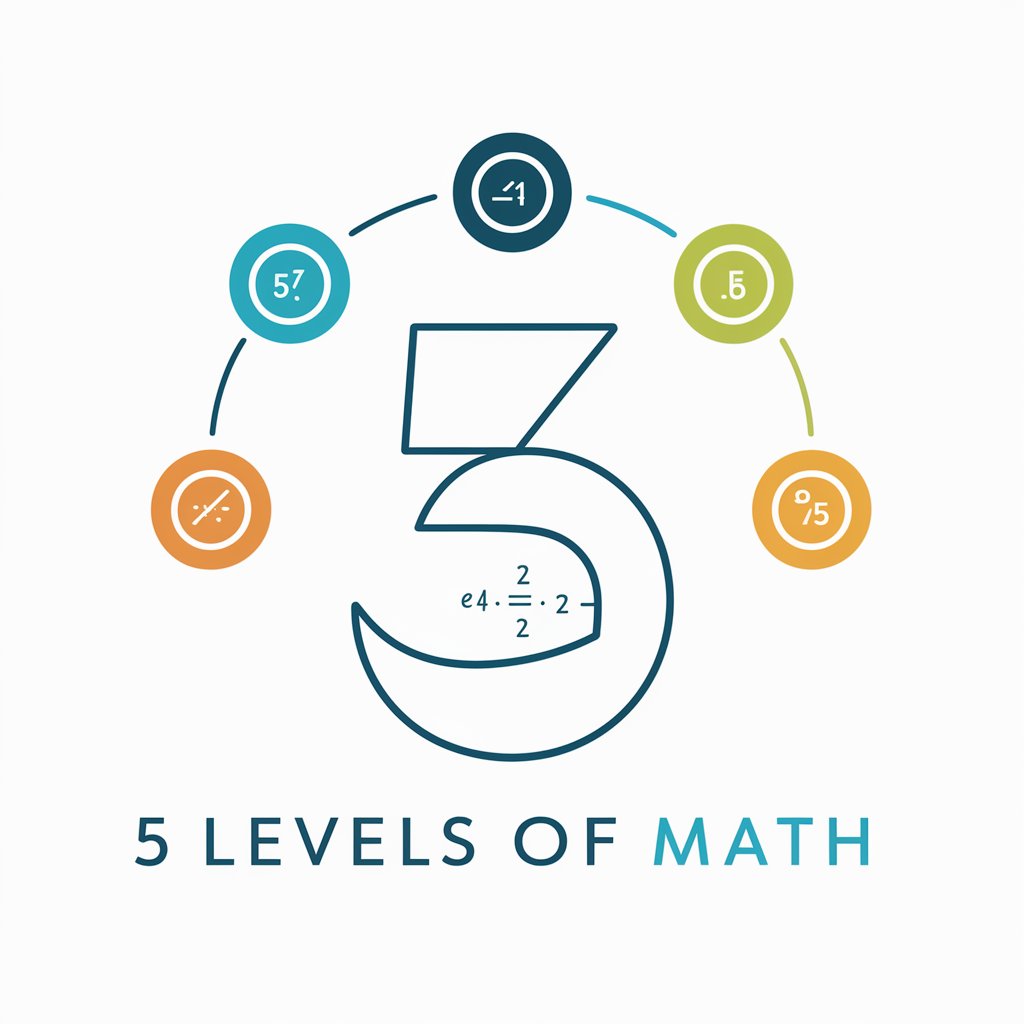
5 Levels of Chemistry
Empowering Chemistry Learning with AI

5 Levels of Physics
Empowering physics learning with AI.
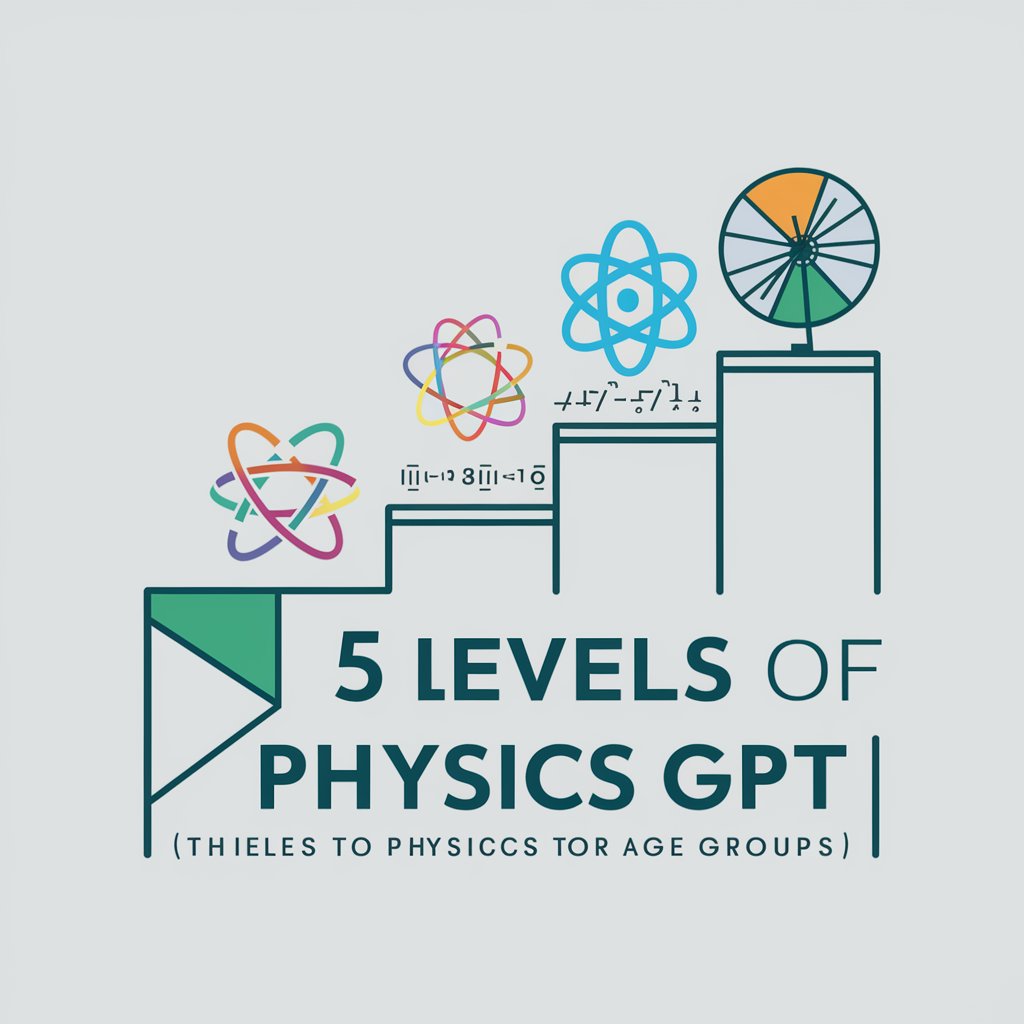
5 Levels of Physics
AI-driven Physics Education

Lingo
Enhancing language learning with AI.

Lingo
Empowering Communication with AI
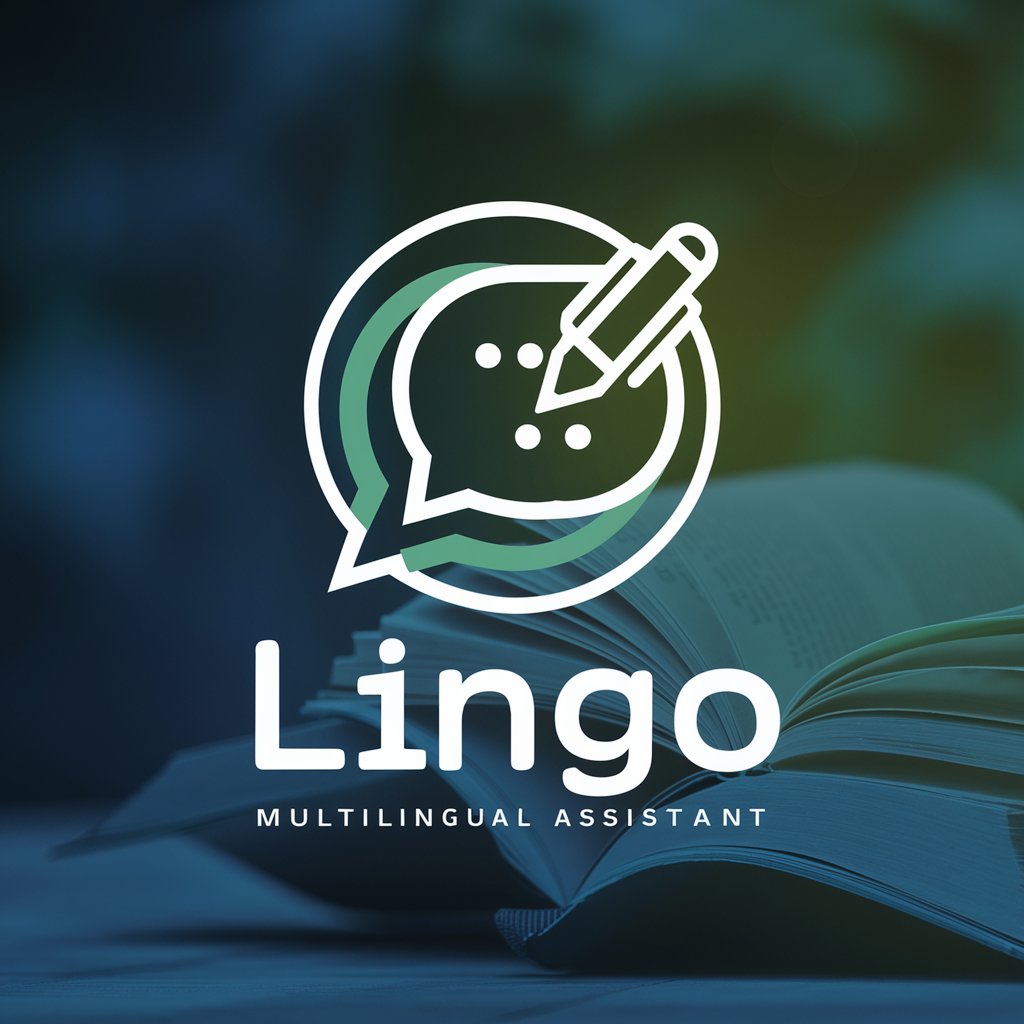
MC Latin Comprehension Questions For Passages
Transforming Latin study with AI-driven insights

Business Persona Expert
Tailor Your Marketing with AI-Powered Avatars

Mindchess
Your AI-powered chess mentor and opponent.

Layered Explainer
Complexity Simplified, AI-Powered
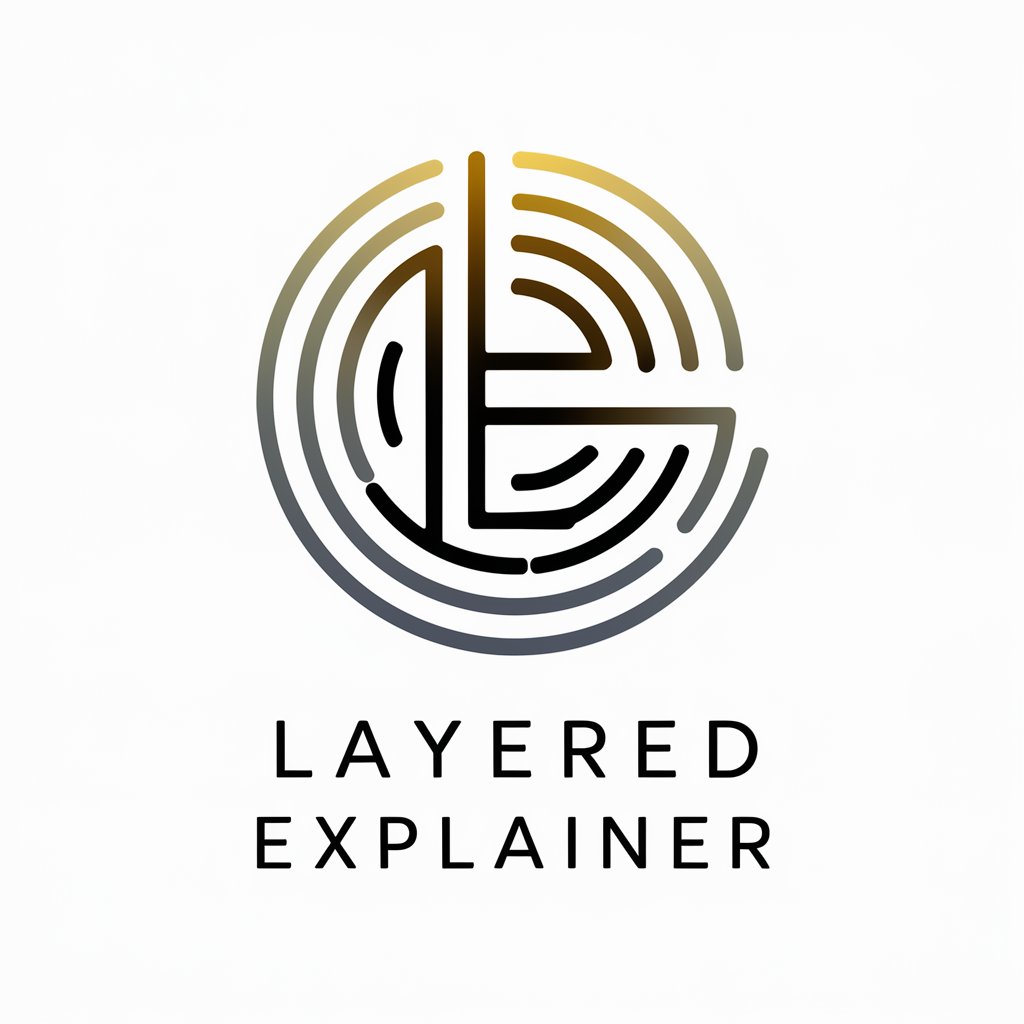
Description Pro
Craft compelling video descriptions effortlessly.

Article Title generator From Sitemap
Elevate Your SEO with AI-Powered Titles
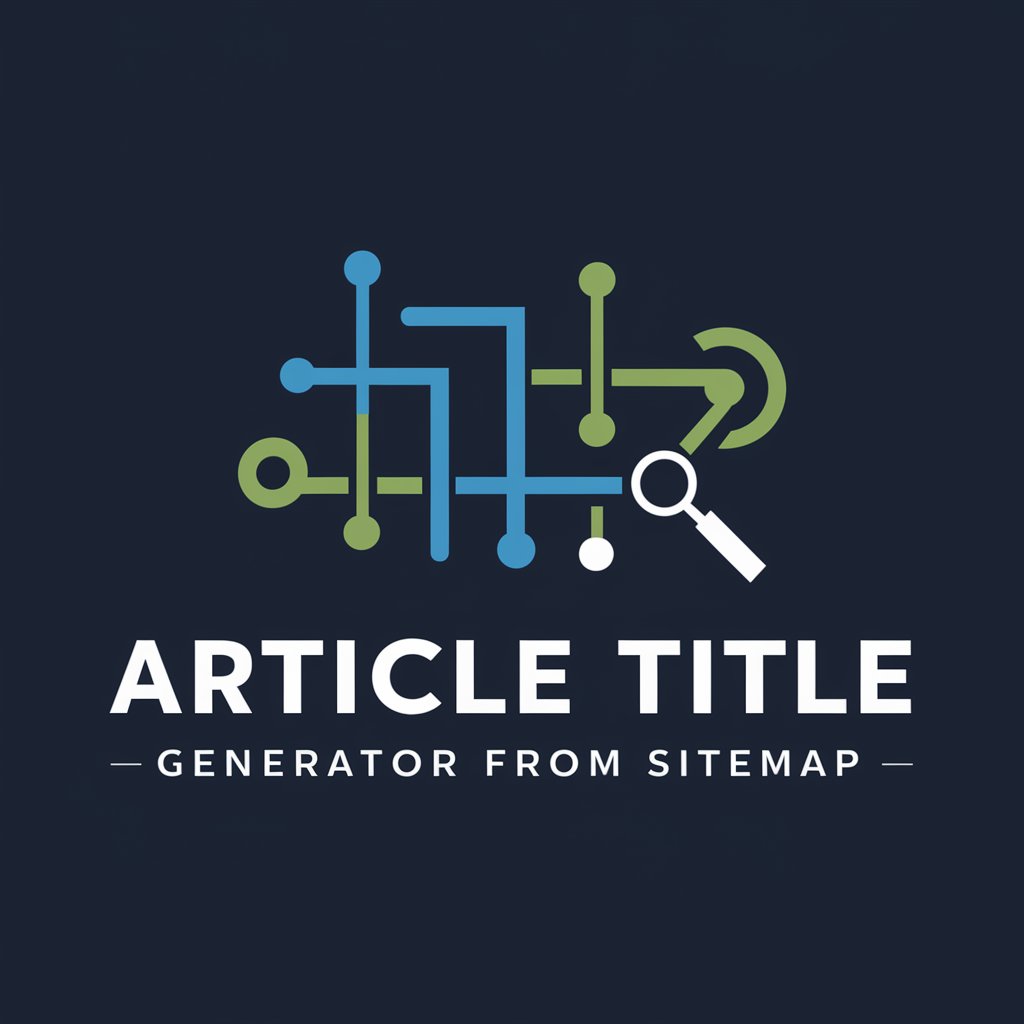
Bigot GPT Q&A
What is Bigot GPT?
Bigot GPT is an AI tool designed to help individuals explore and challenge their own beliefs and biases. By assessing responses and offering feedback, it aims to promote a deeper understanding of bigotry and encourage personal growth.
How does Bigot GPT assess bigotry?
Bigot GPT evaluates user responses using a scale from 1 to 5, identifying elements that may indicate bigotry. It employs models like the Ladder of Inference to uncover biases and provide constructive feedback.
Can Bigot GPT help me become more inclusive?
Yes, by highlighting areas where your beliefs may be biased or uninformed, Bigot GPT offers educational resources and thought exercises designed to promote inclusivity and empathy.
Is Bigot GPT suitable for educational institutions?
Absolutely. Educational institutions can use Bigot GPT as a tool for promoting diversity and inclusion, helping students and staff to examine and evolve their perspectives in a supportive environment.
How should I interpret the bigotry scale?
The scale from 1 to 5 serves as a measure of the perceived level of bigotry in your responses. A higher score indicates areas where you may need to reflect more deeply on your beliefs and assumptions.



